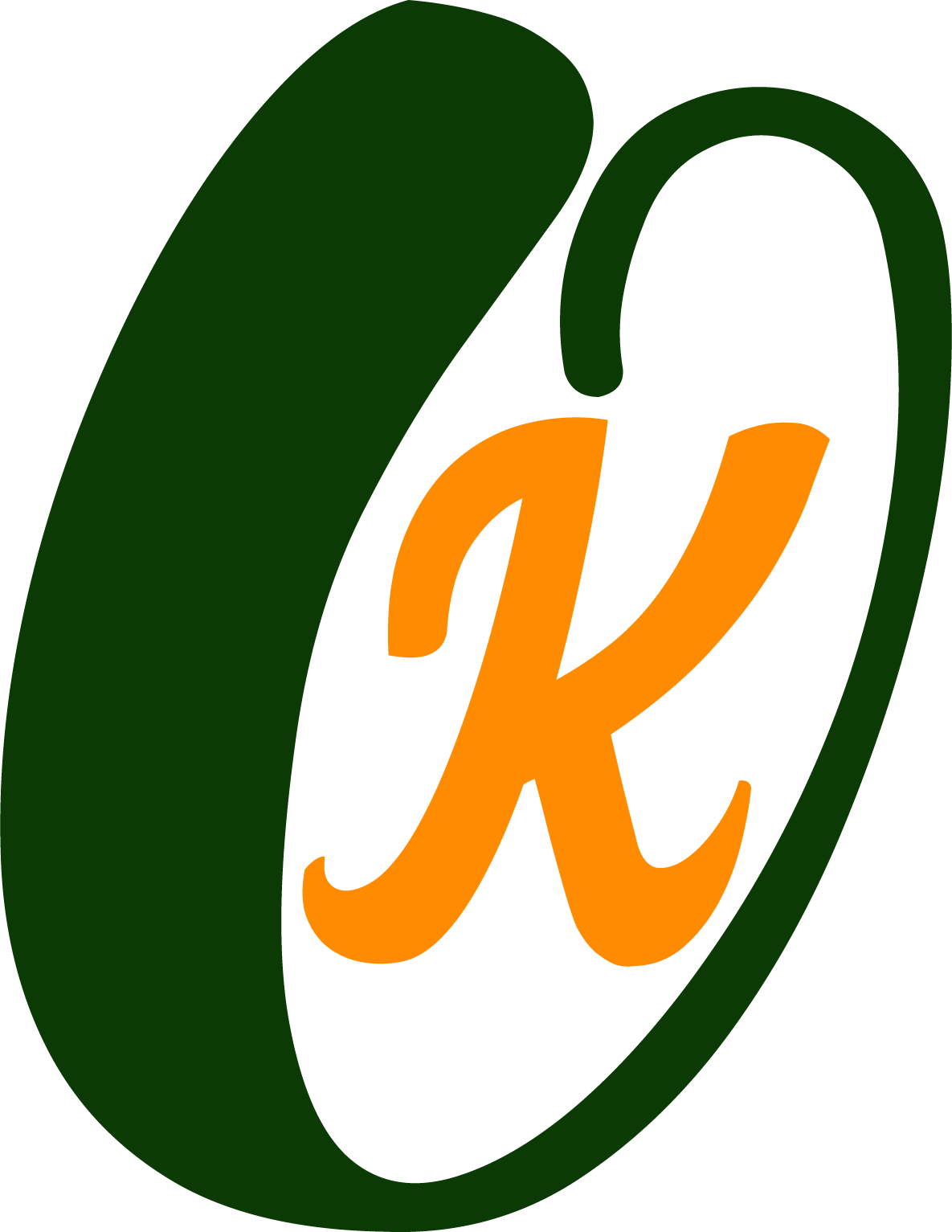Waterproof Tablecloth Market Trends: Insights & Future Outlook
- A Look Back: Early Materials & Craftsmanship
The evolution of waterproof tablecloths dates back centuries. In the early days, natural materials like waxed canvas were used to create water-resistant surfaces. While effective for basic protection—especially in outdoor settings or informal dining—they were rough in texture, inflexible, and lacked visual appeal.
With the rise of industrial chemistry, plastic-based tablecloths gained popularity. PVC (polyvinyl chloride) tablecloths quickly dominated the market due to their strong waterproof capabilities, affordability, and decorative versatility. Widely used in homes, restaurants, and hotels, PVC offered convenience but came with drawbacks—odor emission under high temperatures, stiffness in cold weather, and questionable environmental impact. As consumer expectations for quality and sustainability grew, these limitations became more apparent.
- Current Landscape: Material Diversification & Design Innovation
A. Material Innovation - PE (Polyethylene) Dominance Modern waterproof tablecloths are now often made from PE (polyethylene), known for its dense molecular structure and impressive water-blocking capability (as thin as 0.01mm). With a three-layer design—oil-resistant top coating, high-density fiber core for tear resistance, and a non-slip bottom layer—these tablecloths can withstand hours of use, resist plant-based oils up to 98.7%, and maintain waterproof protection for over 6 hours. Ideal for weddings and high-traffic dining settings.
- Rise of Composite Fabrics New-generation waterproof tablecloths use composite layers: a polyester-cotton blend surface for vivid colors, a TPU membrane for waterproofing, and a soft brushed cotton base for comfort. Advanced models may feature nano-ceramic coatings to increase heat resistance, reducing table-top burn marks by up to 75%.
- Eco-Friendly Materials Emerging As sustainability becomes a priority, biodegradable options have entered the market. Products that meet GB/T 38082 – 2019 standards can degrade over 90% within 180 days under industrial composting. In 2024, eco-PE waterproof tablecloths made up 82% of wedding-use products, and it’s projected that eco-friendly waterproof tablecloths will occupy 45% of the market by 2027.
B. Design Innovation
- Multifunctionality Modern waterproof tablecloths go beyond basic water resistance. Features such as anti-bacterial, mildew-proof, heat-resistant, and self-cleaning technologies—some derived from nanotech coatings—are becoming standard. High-tech integrations like temperature sensing or auto-folding mechanisms are also beginning to shape next-gen products.
- Personalized & Custom Design With rising aesthetic expectations, custom printing services are flourishing. Thanks to digital textile printing, consumers can add personal photos or graphics at a 40% lower cost than traditional methods. The custom waterproof tablecloth market is expected to reach ¥1.2 billion (approx. $165 million) by 2028.
- Scene-Specific Variations To fit different spaces and uses, manufacturers are tailoring designs:
Elastic-fit waterproof tablecloths made with PE & stretch fibers accommodate round tables from 80–180cm in diameter.
Outdoor-specific models use UV-resistant PVC or mesh-textile hybrids (like Teslin fabric) and come in bright colors and geometric patterns to enhance visual appeal.
C. Expanding Sales Channels
The rise of e-commerce has transformed how waterproof tablecloths are sold. Online platforms offer global access, easy comparison, and fast shipping. Livestream selling, community-driven marketing, and hybrid retail (online + in-store) create omnichannel ecosystems where convenience meets experience.
- Looking Ahead: Sustainability, Smart Features & Personalization
A. Sustainability Will Lead - Renewable Material Integration By 2030, eco-friendly waterproof tablecloths using renewable or compostable materials are projected to reach 40% of the market. Brands will invest in R&D, adopt recyclable packaging, and ensure compliance with international standards like EU10/2011 for food-contact materials.
- Green Manufacturing Trends More companies will embrace clean energy, improve process efficiency, and reduce waste. Circular economy initiatives—such as tablecloth recycling and repurposing programs—will gain traction, turning sustainability into a full-cycle business model.
B. Intelligent Upgrades
- IoT Integration The smart tablecloth market may reach ¥2.5 billion ($340 million) by 2025. Integrated with IoT sensors, future waterproof tablecloths could detect spills, monitor temperature, or even adjust size based on guest count—connecting seamlessly with smart home systems.
- Advanced Smart Functions New features may include:
Color-changing surfaces indicating food temperature
Auto-folding for easy storage
Self-cleaning nanotech surfaces
These innovations will cater to a lifestyle focused on ease, safety, and novelty.
C. Deepened Customization
- Full-Service Personalization Beyond image prints, consumers will demand custom sizes, materials, and functional combinations. Whether matching interior décor or catering to specific events, users want tailor-made solutions.
- Cultural & Artistic Integration Expect designs inspired by regional traditions, historic motifs, and fine art. Waterproof tablecloths will become not just household items—but aesthetic expressions of identity, heritage, and taste.

